Commercial Real Estate for the Climate
“We take that [risks associated with climate change] into consideration on every single investment.”
- Bobby Werhane, senior vice president at Bellwether Enterprise
Climate change, far from an idle threat, is in full view in Charleston, S.C. where “sunny day” flooding occurs at least once a week, according to The New York Times. Despite this, the city is seeing historic population growth and developers are taking notice. Developers are well aware of the flooding risks but choose to build in Charleston anyway. The truth is, climate change is a global problem, not a regional one, and commercial real estate investors will soon need to make it one of their primary considerations.
“People are struggling with how to really measure the risk from climate change. The science of looking at how climate change and extreme weather can affect properties is at its infancy.”
- Greg MacKinnon, director of research at the Pension Real Estate Association.
The Future of Commercial Real Estate: Net-Zero Emissions
If you’ve been in Manhattan recently it’s hard to miss the new 1,388-foot skyscraper that JPMorgan Chase & Co. is building as its new corporate headquarters. What you may not know is that the building is powered by a hydroelectric power source and will operate with zero emissions. While a New York law requiring new buildings to produce zero carbon emissions won’t come into effect until 2027, JPMorgan wanted to be on the bleeding edge of environmentally conscious commercial real estate.
In a similar move, solar-power company Altus Power has partnered with commercial real-estate developer Trammell Crow Co. to install solar panels on commercial buildings around the U.S. So far, the partners plan to install 35 million square feet of solar panels on industrial property in the U.S.
According to The New York Times, insurance rates for commercial property have risen significantly over the last 18 months, signalling to investment managers that risks will need to be owned over the course of a property’s life; insurers can no longer be relied on.
Smart Offices: The Way of the Future or Hacking Hazard?
Honeywell International’s new headquarters in Charlotte, N.C.
Walking into Honeywell International’s new headquarters in Charlotte, N.C. you might be forgiven if you mistakenly thought you'd walked onto the set of the latest sci-fi feature film. Everything—from elevators to thermostats—is connected to the internet and runs from a single laptop or smartphone. With facial recognition software to unlock doors and automatically select correct elevator floors, employees can go from their garage to to their desk without touching a single thing.
Not only is a smart building more appealing to tenants but also helps ‘greenify’ buildings and actually makes them cheaper to run. The problem is that with one single source powering an entire building, hackers that manage to outsmart building security can takeover an entire building. In the famous case of Target Corp., data on tens of millions of customers was stolen through a single entry point of an HVAC contractor.
Building Commercial Real Estate for the Future
Buildings built not only for the future but in support of a greener future will no doubt help employers looking to attract employees back to the office, especially Millennials and Gen Zers.
The great news for commercial landlords and commercial real estate investors is that there doesn’t need to be a choice between greener buildings and profits; in fact, one drives the other. Environmentally friendly buildings have longer sustainability and can, in fact, reduce many of the ancillary costs associated with building maintenance.
Building for a sustainable future isn’t just the right thing to do, it’s the sensible business choice.



